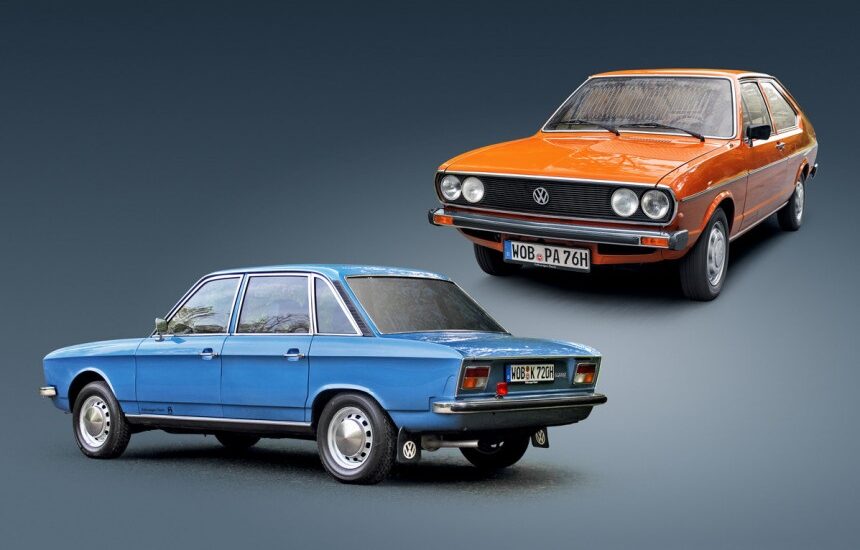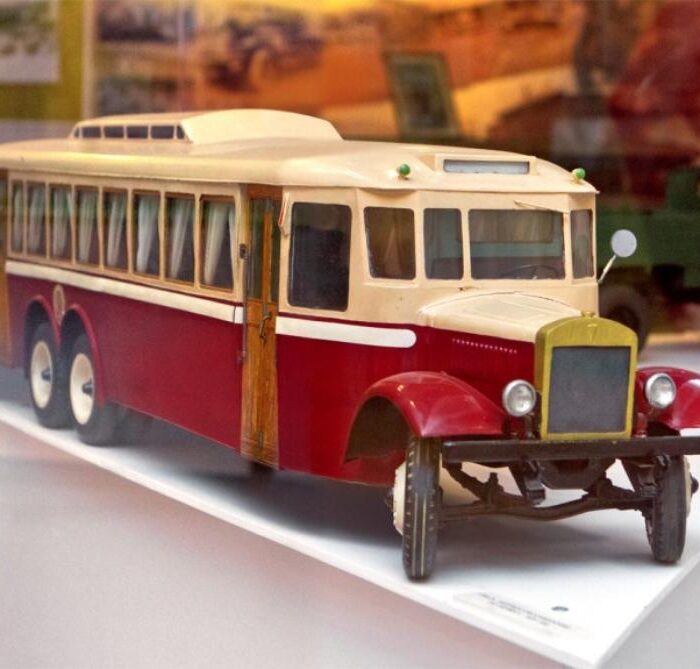It was over three years ago, yet the memory remains vividly etched in my mind—and, of course, in my work notebook. After visiting the Volkswagen Classic collection garage, I delved into the evolution of rear-engined Volkswagens. Now, I reflect on how the company embraced front-wheel drive.
Mention “Volkswagen,” and the image that typically springs to mind is of a vehicle with a rear-mounted, air-cooled engine—a standard set back in the late 1930s and staunchly maintained through the 1960s. The rear-engine platform, a brainchild of Ferdinand Porsche, was not limited to crafting the economical Beetles; it extended to station wagons, sports cars, vans, minibusses, and even military vehicles. Engineers so ardently preserved this configuration that they designed a large sedan for the American market featuring a rear-mounted engine, borrowing elements from the then-new Porsche 911. However, this project stalled at the experimental stage.
The challenge to this established system first arose in Wolfsburg during the development of the Beetle’s intended successor—the future Golf. Yet, arriving at the ultimate configuration of “transverse engine, liquid cooling, front-wheel drive” was not immediate. In 1967, the first prototype, EA 235, featured a front-mounted engine but retained rear-wheel drive. By 1969, the three-door EA 276 model had adopted front-wheel drive, although it still utilized a longitudinally mounted air-cooled engine from the Beetle.
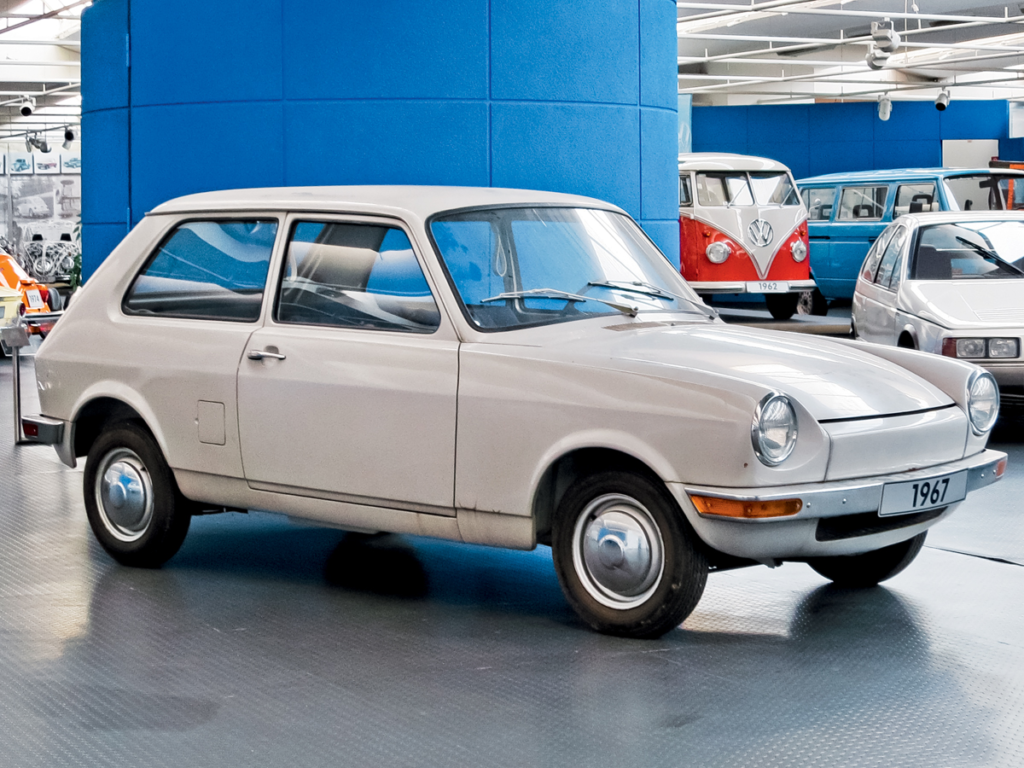
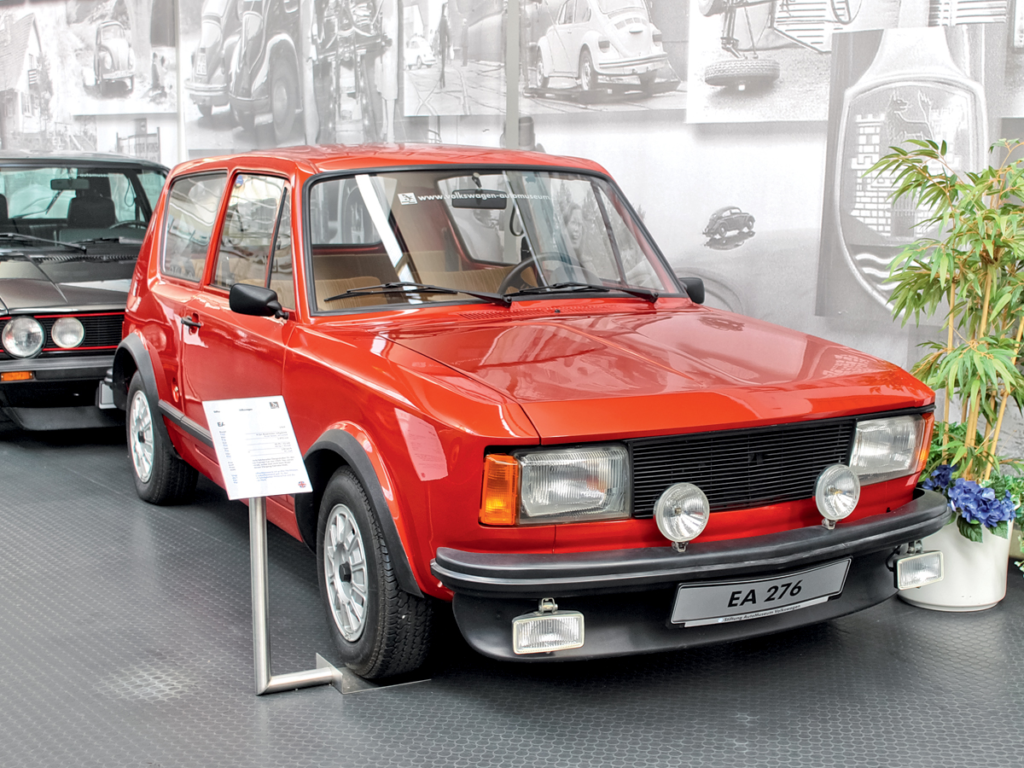
Why not leverage the expertise of Auto Union, acquired incrementally by Volkswagen during 1964–1965? The Auto Union divisions, DKW and Audi, boasted extensive experience with front-wheel drive systems dating back to the 1930s. However, Volkswagen’s management adopted a strict policy against technical or market overlap between the brands. Ironically, the first front-wheel-drive Volkswagen was a model borrowed from another company, not Audi.
In December 1968, Kurt Lotz took over as the head of Volkswagen, and one of his initial major decisions was the acquisition of the small firm NSU, which was then producing inexpensive subcompacts and the luxury rotary-engined Ro80 sedan. Volkswagen’s interest was not in the engineering prowess of NSU, especially not its fuel-intensive and unreliable Wankel rotary engines, which had led NSU into significant financial trouble. The takeover was primarily for NSU’s production facility in Neckarsulm, as Volkswagen’s capacity was stretched thin. This plant was swiftly designated for Audi car production. Volkswagen also appropriated NSU’s front-wheel-drive model.
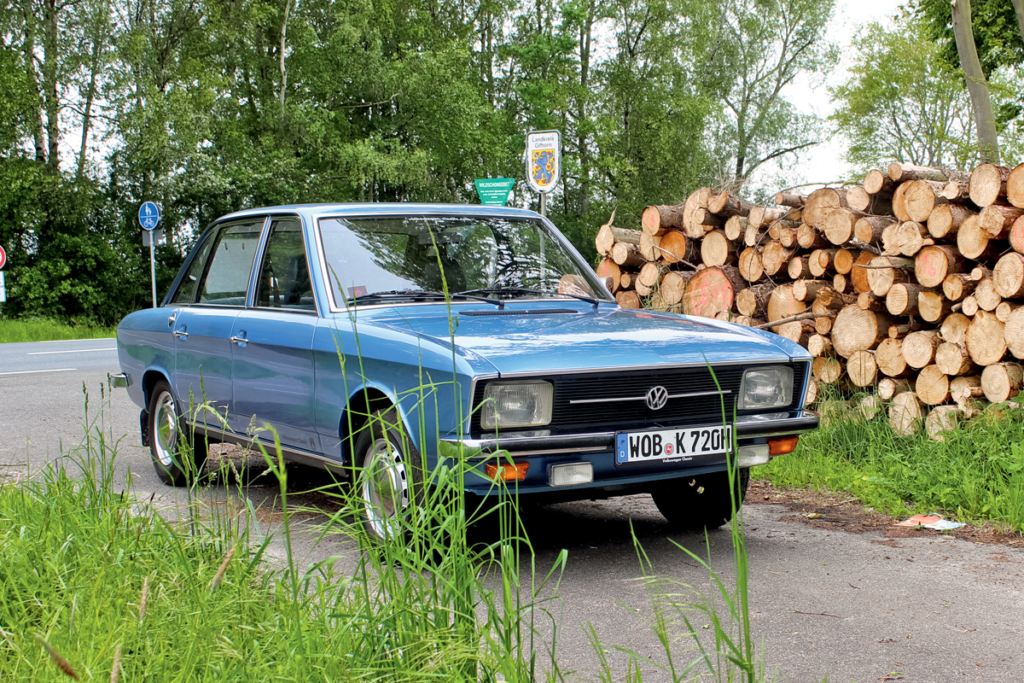
The NSU K70 sedan, poised for release in early 1969, was designed as a more accessible and conventional alternative to the prestigious Ro80. The ‘K’ in K70 stands for Kolben (piston), marking a departure from rotary engines to a conventional four-cylinder engine. Its debut was scheduled for the March 1969 Geneva Auto Show, and the car was listed in the official exhibition catalog. However, it never made it to the stand as Volkswagen, having just acquired NSU, canceled its unveiling at the last minute due to new management plans for the K70. The sedan underwent a rebranding with new emblems, a slightly altered decor, transferred production to the Volkswagen plant in Salzgitter, and was launched in September 1970 as the Volkswagen K70.
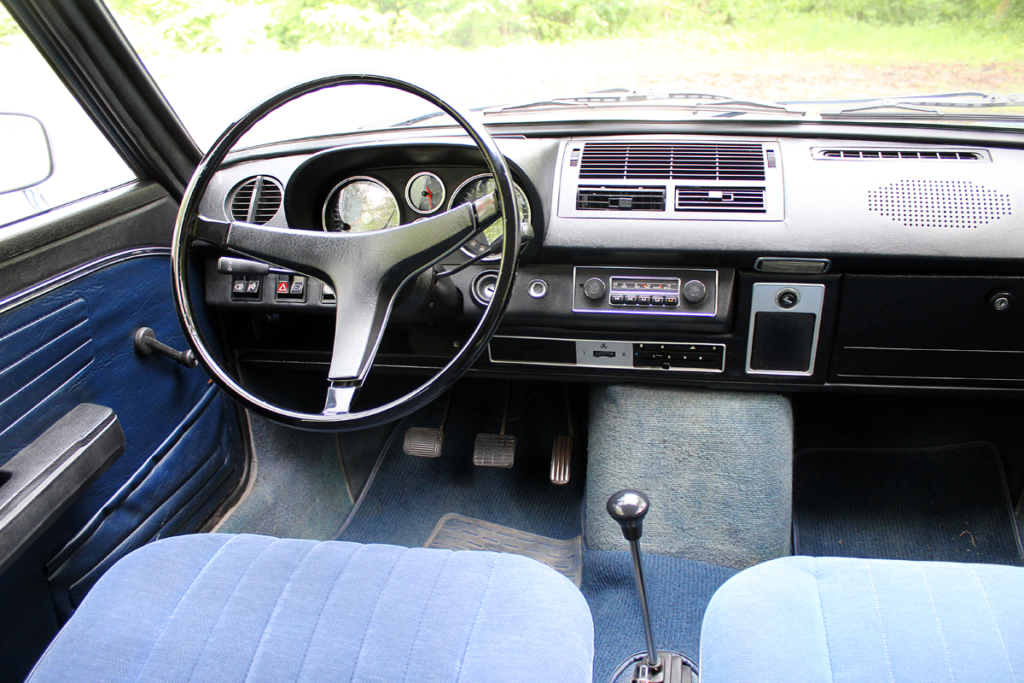
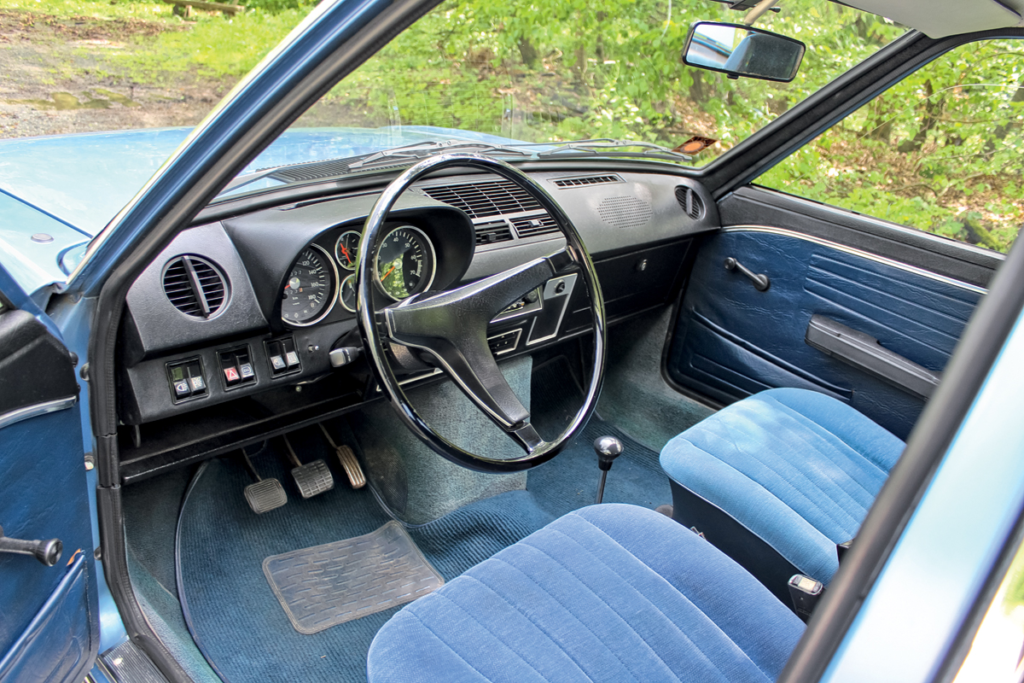
This model marked a significant breakthrough for a manufacturer traditionally focused on inexpensive rear-engine cars, not only technically but also in user experience. The K70 was impressively comfortable; devoid of any bare metal, it was fully decked in plastic, synthetic leather, or carpet. This made the K70 feel roomier and more luxurious than even the larger “Volga 24,” despite being 265 mm shorter. It was equipped with a standard radio and tachometer, and its effective cabin ventilation and heating system received high marks from the press at the time.
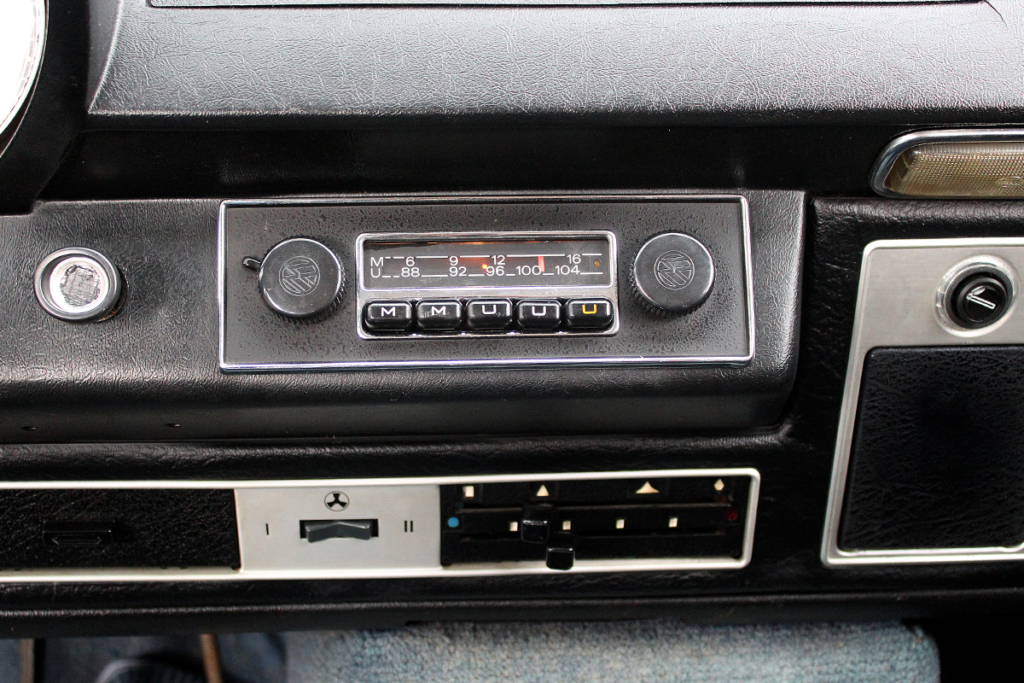
The NSU-developed 1.6-liter engine featured a single overhead camshaft and a two-chamber Solex carburetor. Its base version generated 75 horsepower, but the corporate collection’s blue sedan boasts an optional 90-horsepower engine with a higher compression ratio of 9.5:1 (compared to 8.0:1). The engine’s lively performance and eagerness to rev up to 4500 rpm enable the K70 to keep pace with modern traffic in Germany.
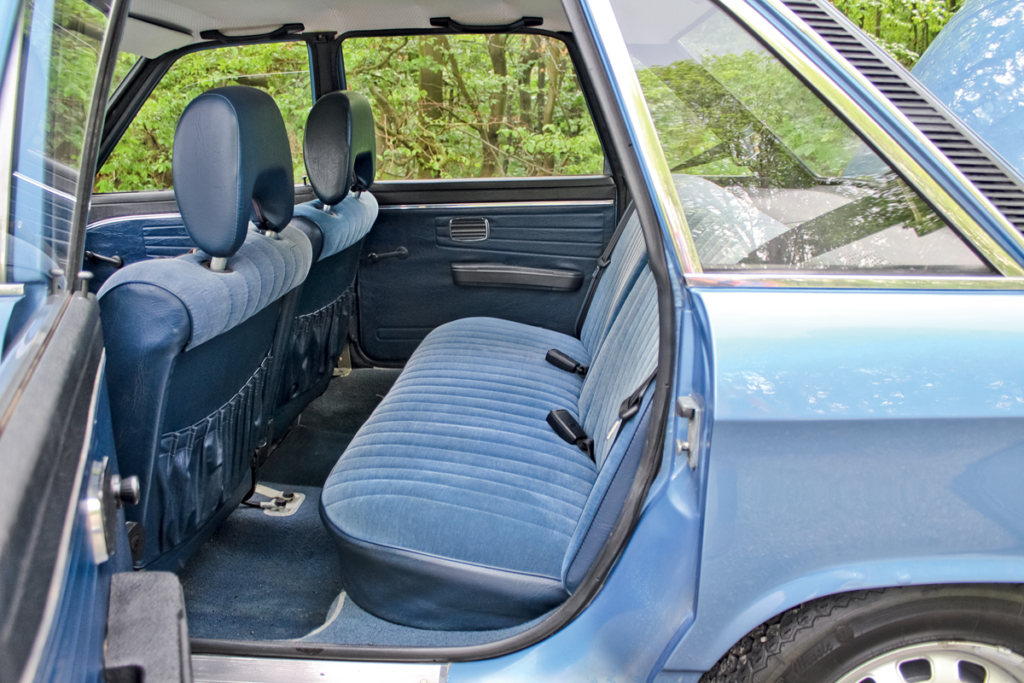
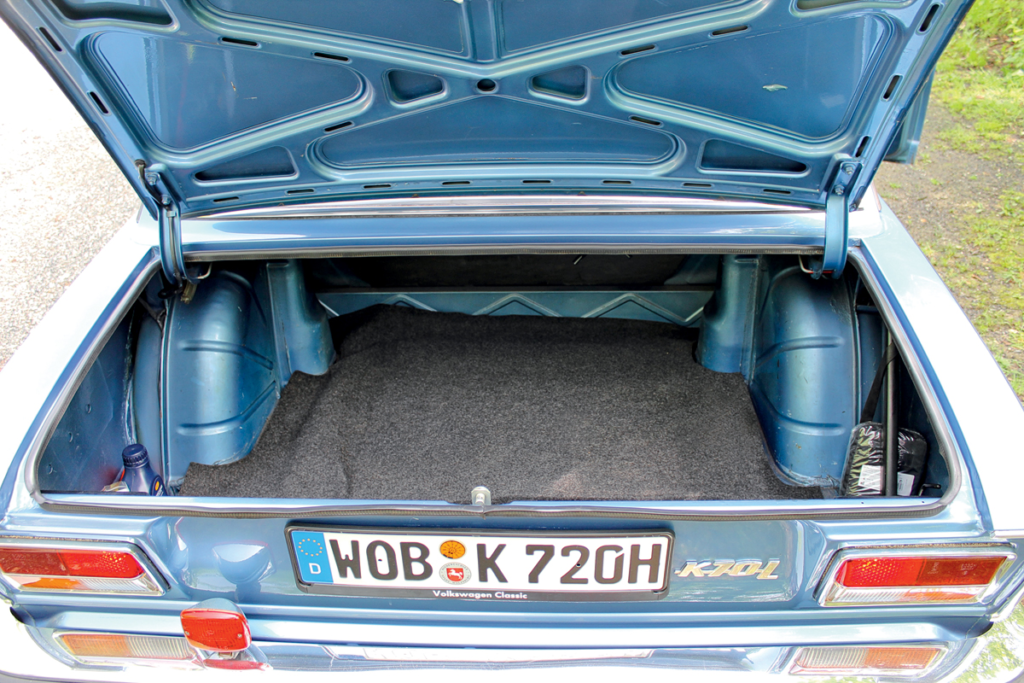
The car’s four-speed manual transmission, however, was notably lackluster and vague, which is surprising considering its gearbox is directly adjacent to the driver, connected by rigid linkages. Its chassis, featuring cutting-edge engineering such as McPherson struts at the front and an independent trailing arm suspension at the rear, excels only in providing a smooth ride—perhaps too gently for some.
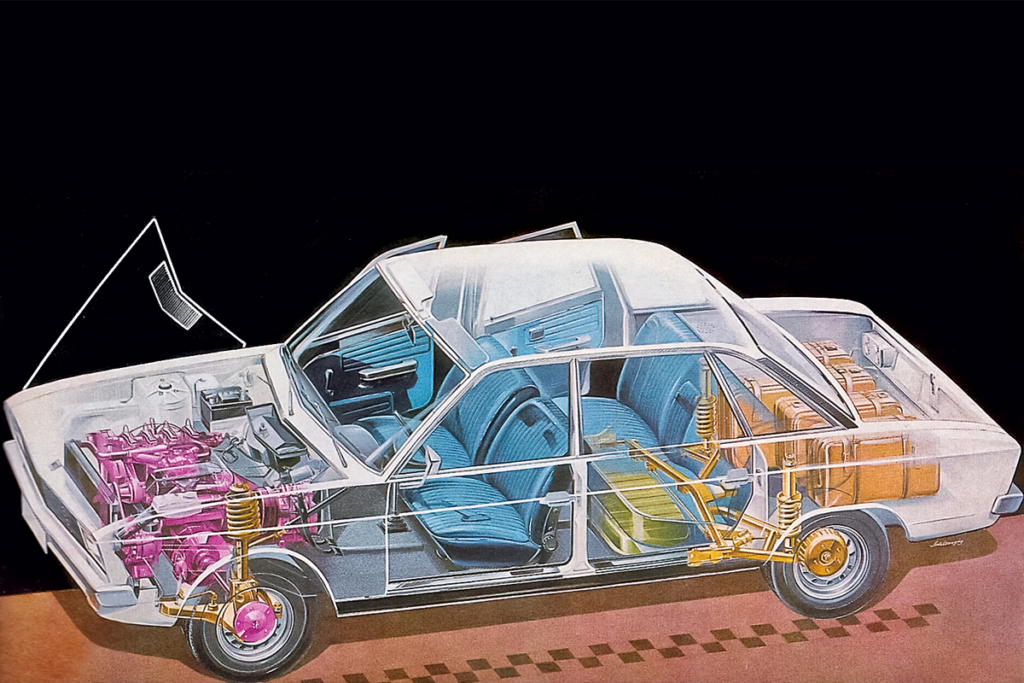
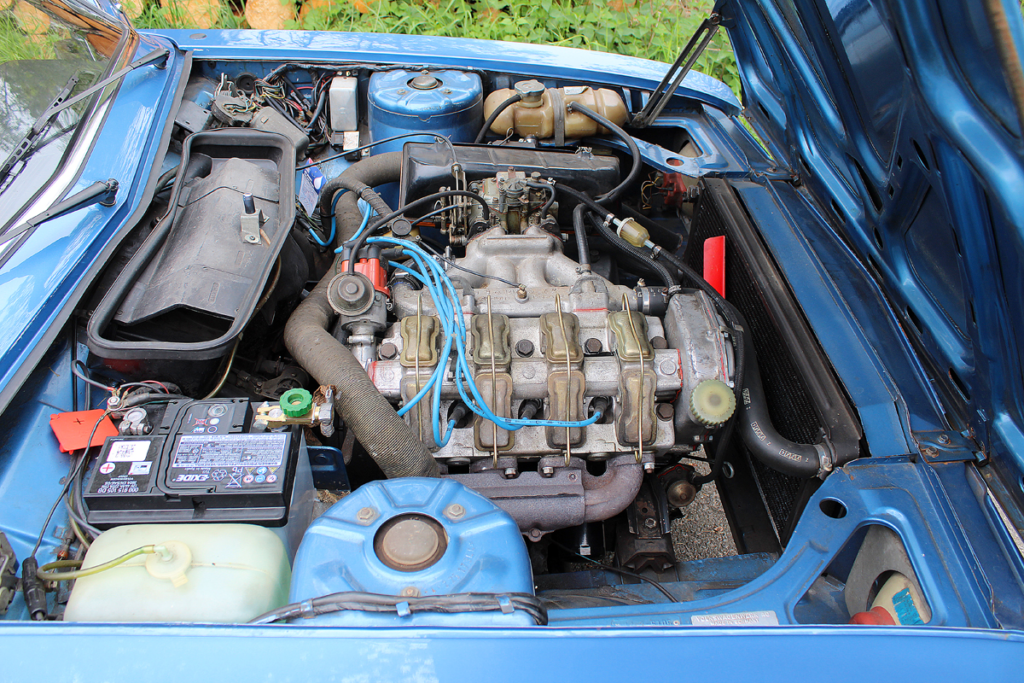
The unassisted rack and pinion steering offers little feedback, allowing significant wheel movement without altering the vehicle’s course. The car also exhibits considerable body roll in corners despite equipped with anti-roll bars at both ends (the rear bar was removed in 1973), a feature at which even then, typical Volkswagens performed better.

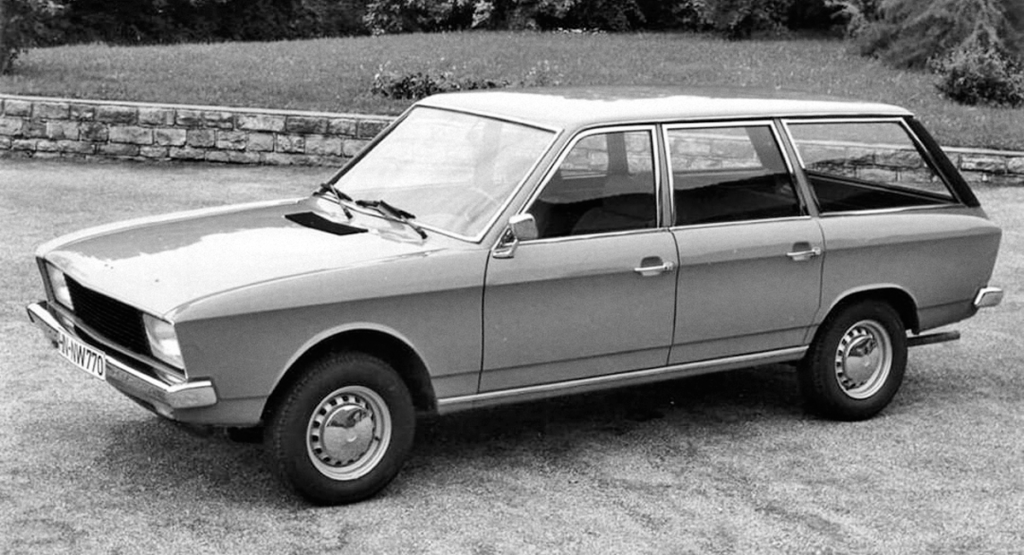
Nonetheless, these were not the sole reasons the K70 struggled to secure its place in the market. It stood apart from the rest of Volkswagen’s lineup, not just in features but also in price. At its launch, the K70 was priced at least 9,450 Deutsche Marks—merely 150 marks less than the more prestigious Audi 100, which consumers generally preferred. The K70’s production turned out to be unprofitable due to the lack of parts commonality with other Volkswagen and Audi models, and its distinct engine, transmission, and suspension systems were costly to produce.
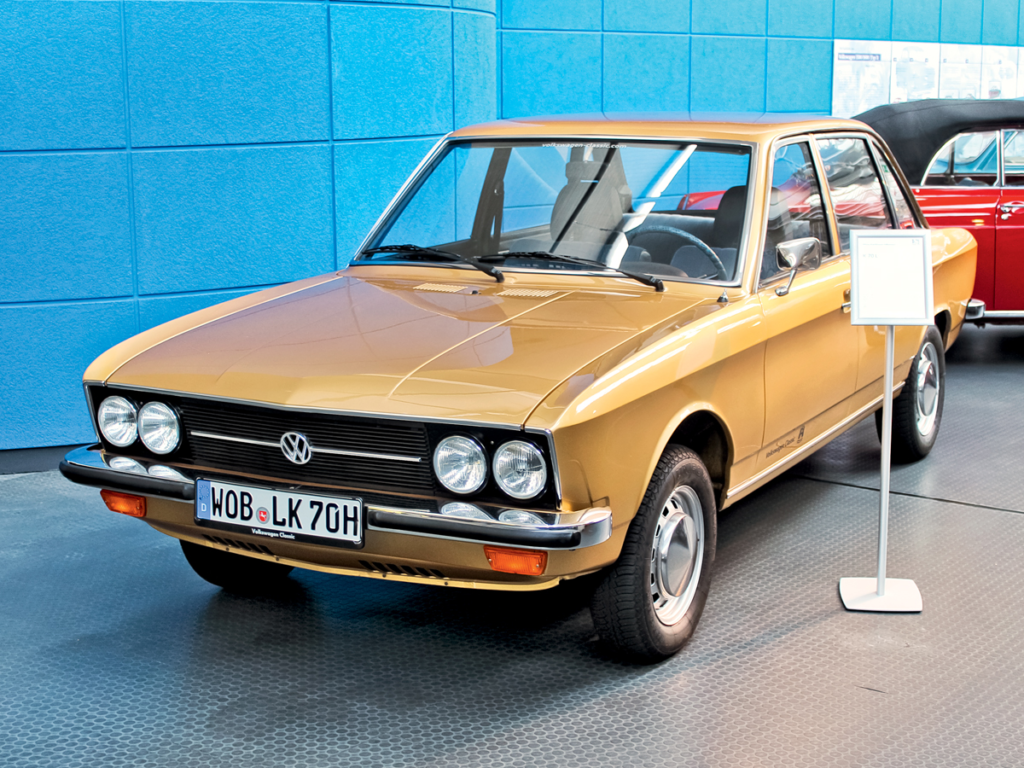
The K70 was discontinued in 1975, two years before even the rotary-engined NSU Ro80. A total of 211,000 units were produced without a direct successor, and the engineering solutions employed in the K70 did not continue.
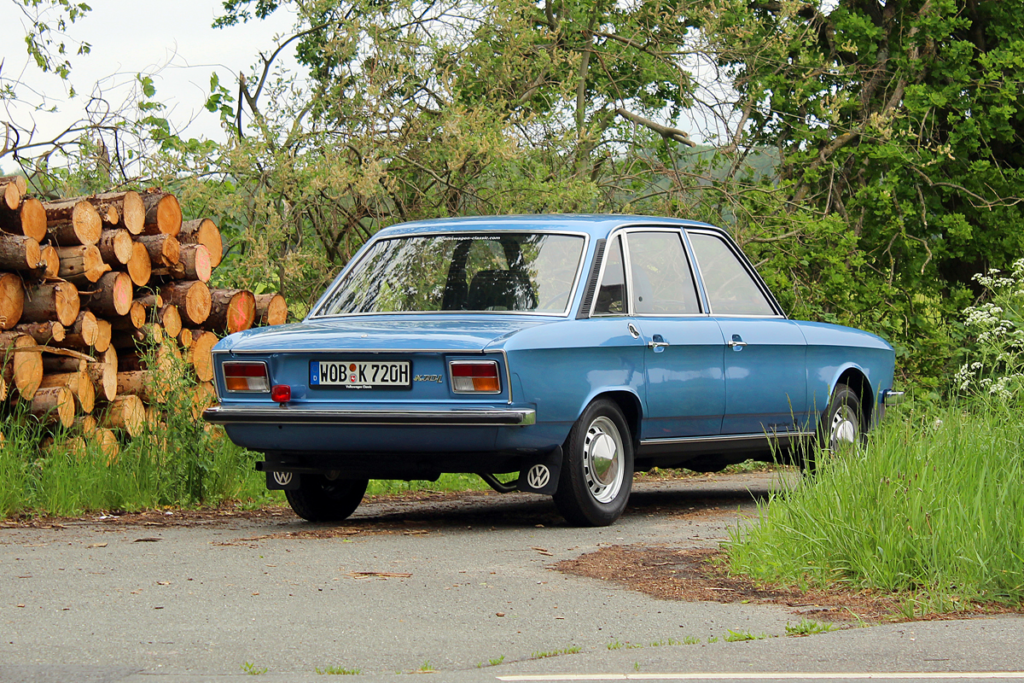
Yet, the direction for future model development had been set correctly: Volkswagen, in financial distress, was in dire need of mid-size vehicles. Although the design for the forthcoming Golf was finalized in 1970, development continued on larger models in various directions. By 1972, two very different prototypes had been created.
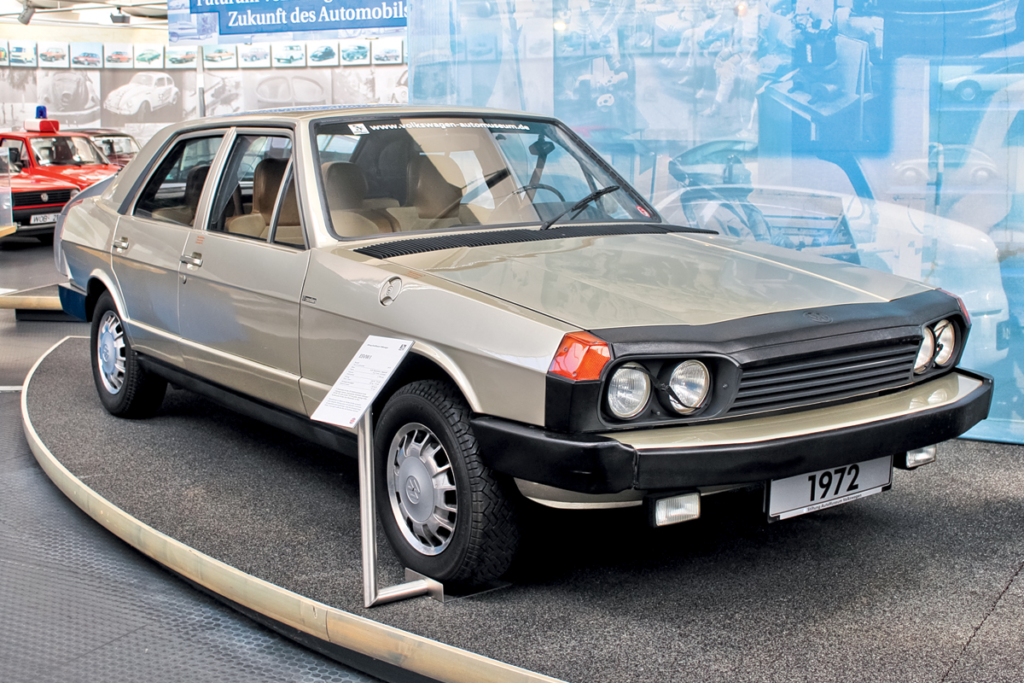
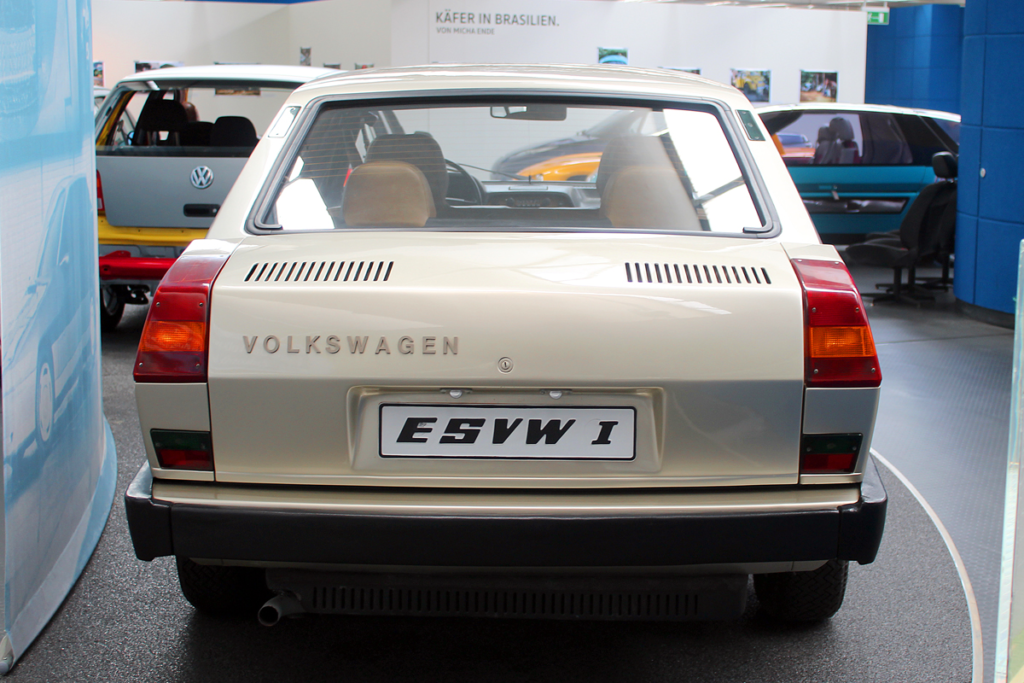
One, the ESVW I (Experimental Safety Volkswagen), part of a prominent American program aimed at reducing traffic fatalities and injuries, followed a conservative approach with its rear-engine layout, opposed air-cooled engine, and rear-wheel drive. Another engineering team, however, developed the innovative Volkswagen EA 272—a four-door fastback with front-wheel drive, a transverse liquid-cooled engine, and styling by Pininfarina, akin to a “big Golf.” Yet, it was a third concept that ultimately prevailed.
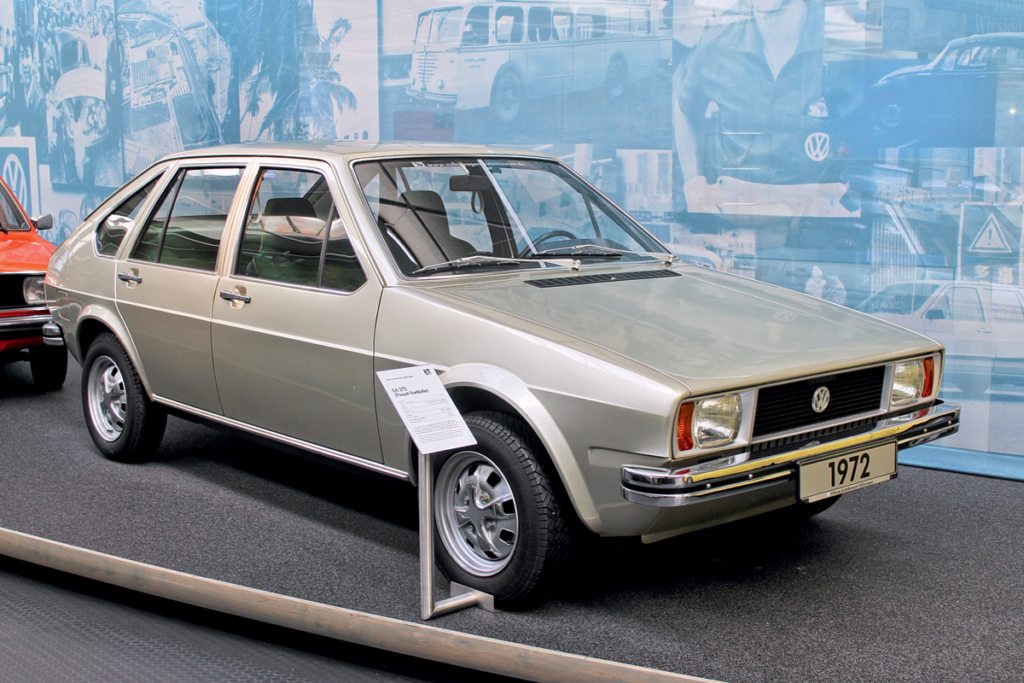
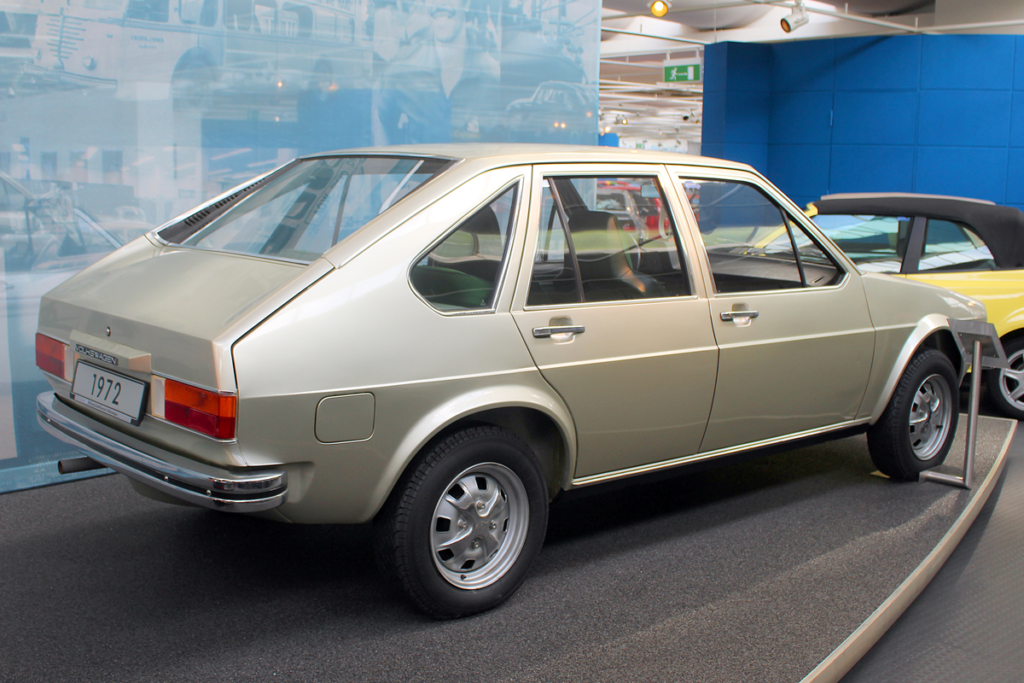
In a bid to cut costs, Volkswagen management reneged on its earlier promise, and the mid-sized first-generation Volkswagen Passat, launched in 1973, turned out to be a variant of the previously debuted Audi 80. This meant that the Passat featured an “Audi-like” configuration with an inline four-cylinder engine mounted longitudinally but fully within the front overhang, not over the front axle as in the K70, with drive shafts extending from the transmission housing.
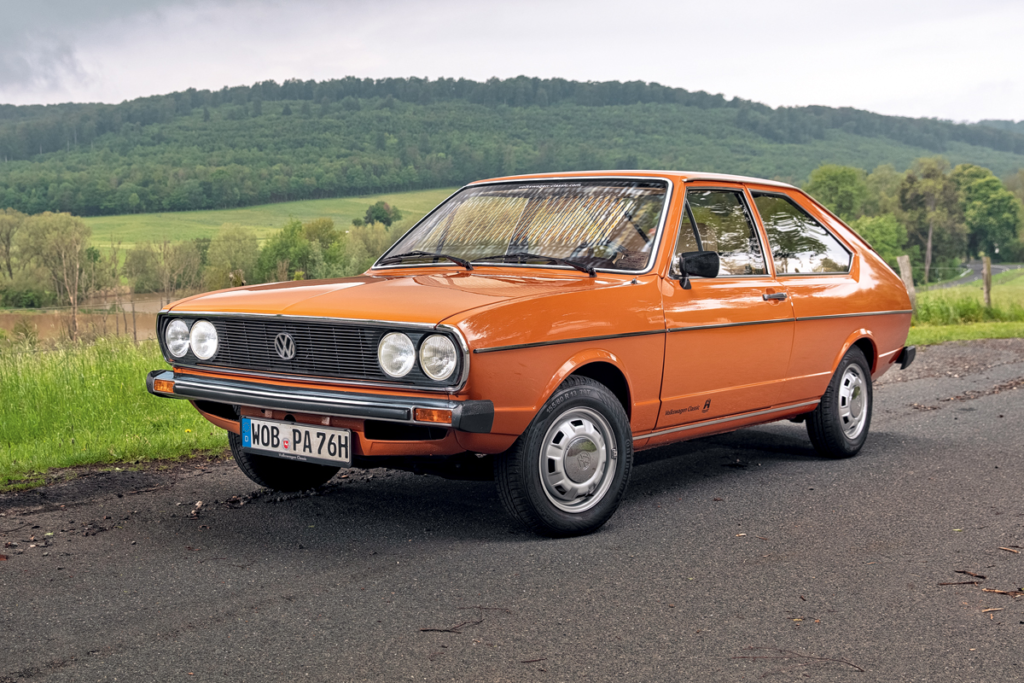
Giorgetto Giugiaro of Italdesign was commissioned to redesign the Audi 80, but visually, the Passat differed little from its base model. Changes to the headlights and bumpers had minimal impact on its overall look. However, the two models differed in body types offered; only the five-door station wagon was common to both, and that not in all markets. Upon its launch in August 1973, the Passat was priced at 9,060 Deutsche Marks—just ten marks less than the Audi 80.
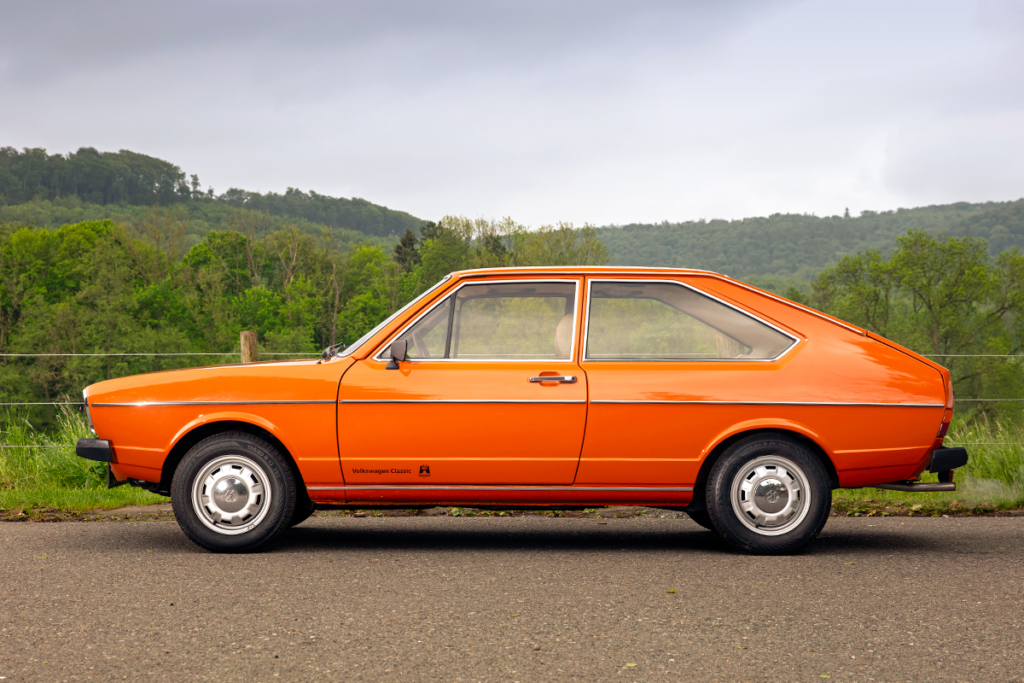
I had the opportunity to drive a Passat with the basic two-door body configuration. It might appear to be a hatchback at first glance, but the rear window is fixed, with access to the trunk through a small sloped lid. This design was popular in the German automotive industry of the era. Even when a hatchback body type was introduced for the Passat in 1975, such fastbacks continued to be offered.
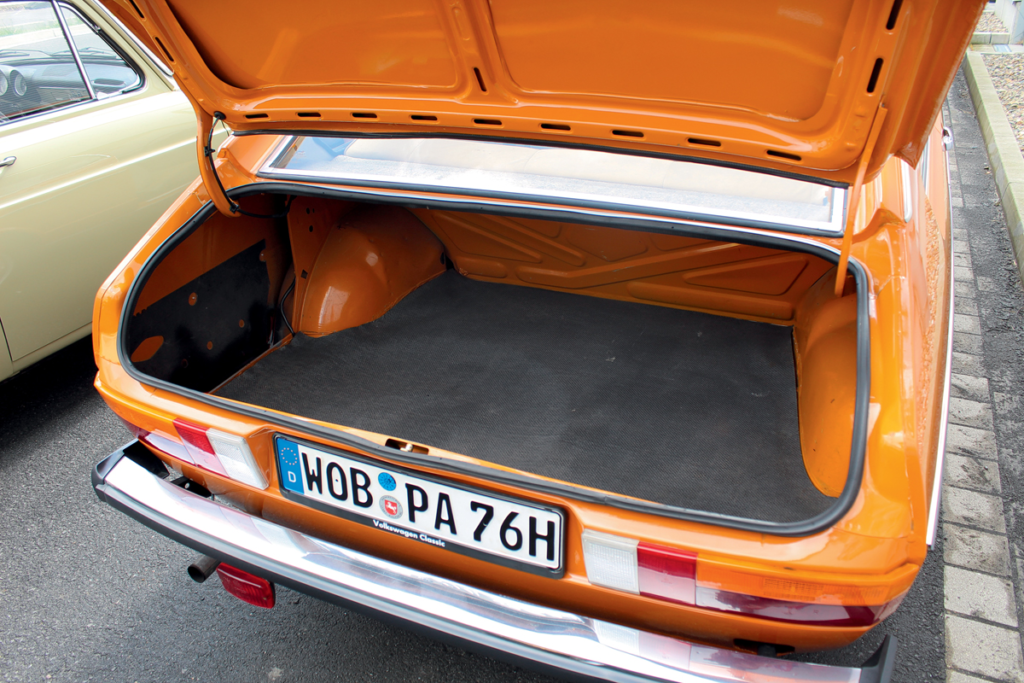
The two-door model I drove was in the high-end GLS trim, featuring wood-like finishes, a central console, and a factory-installed radio, though bare metal was visible on the door frames. It isn’t fair to directly compare the Passat and K70 as they belong to different classes and significantly differ in size. However, the seating and ergonomics in the Passat are nearly up to modern standards, with firmer seats, a less reclined steering wheel, and a comfortably placed gear lever.
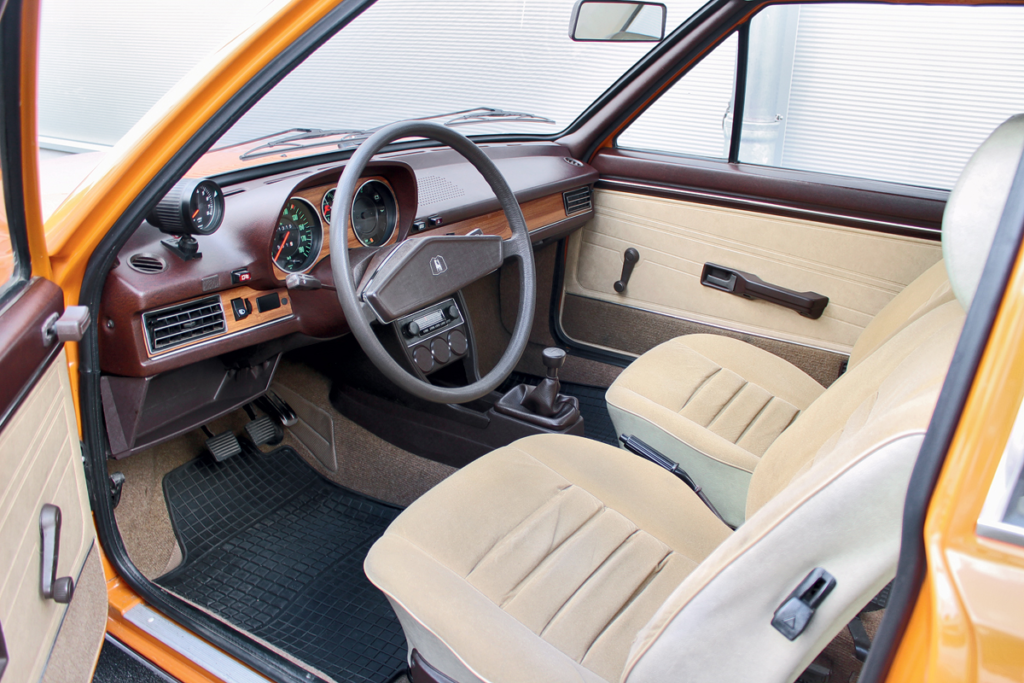
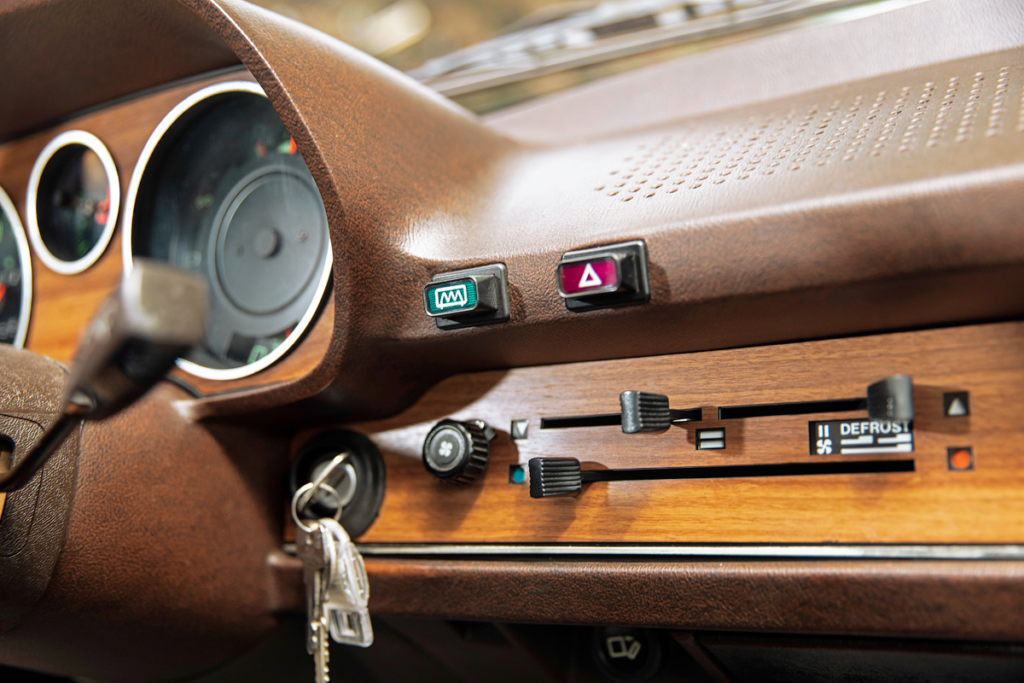
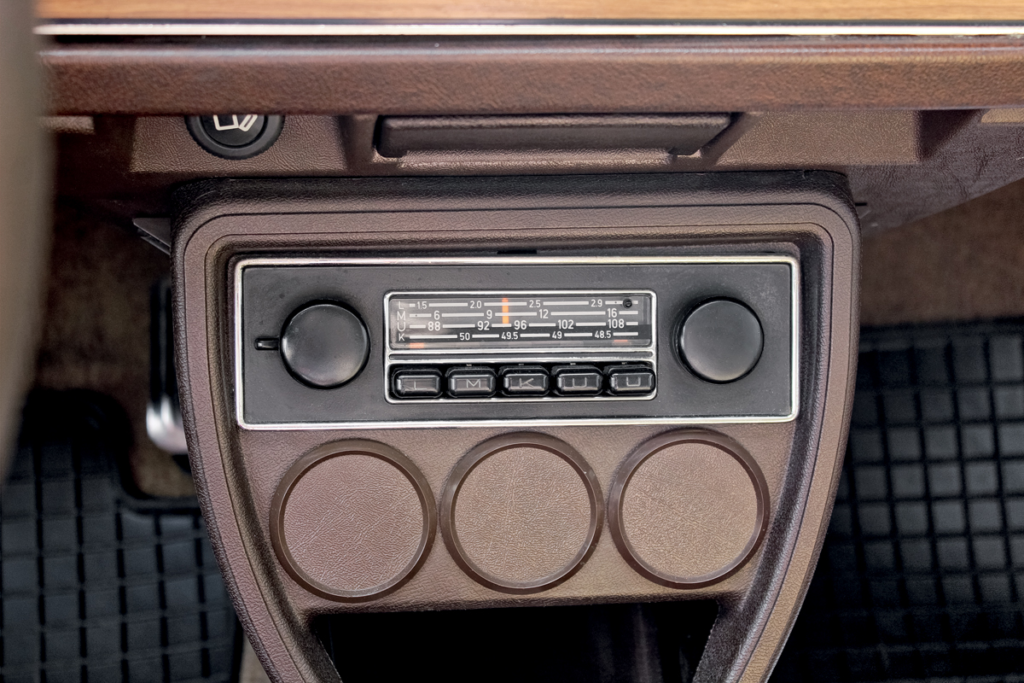
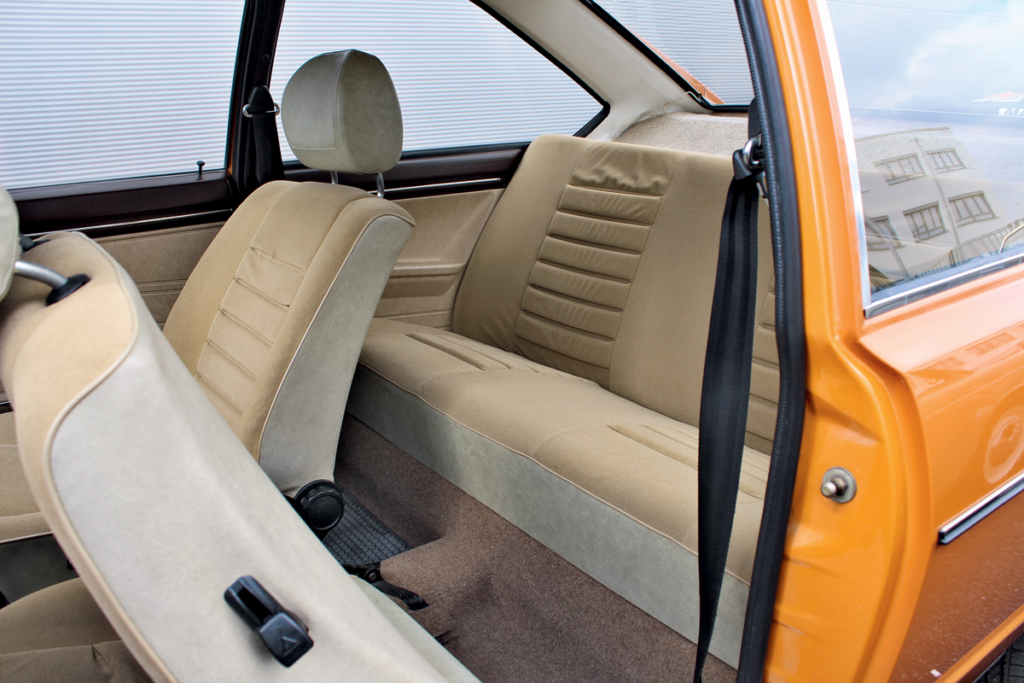
This Volkswagen drives like one should. The steering, though unassisted, is lengthy but precise; the four-speed manual shifts definitively, and the chassis is solid. At the front is a McPherson setup, while the rear features a typical dependent beam on longitudinal arms (similar to the Moskvich 2141), yet the Passat maintains better stability and confidence both on straight paths and in curves than the K70 with its diagonal arms.
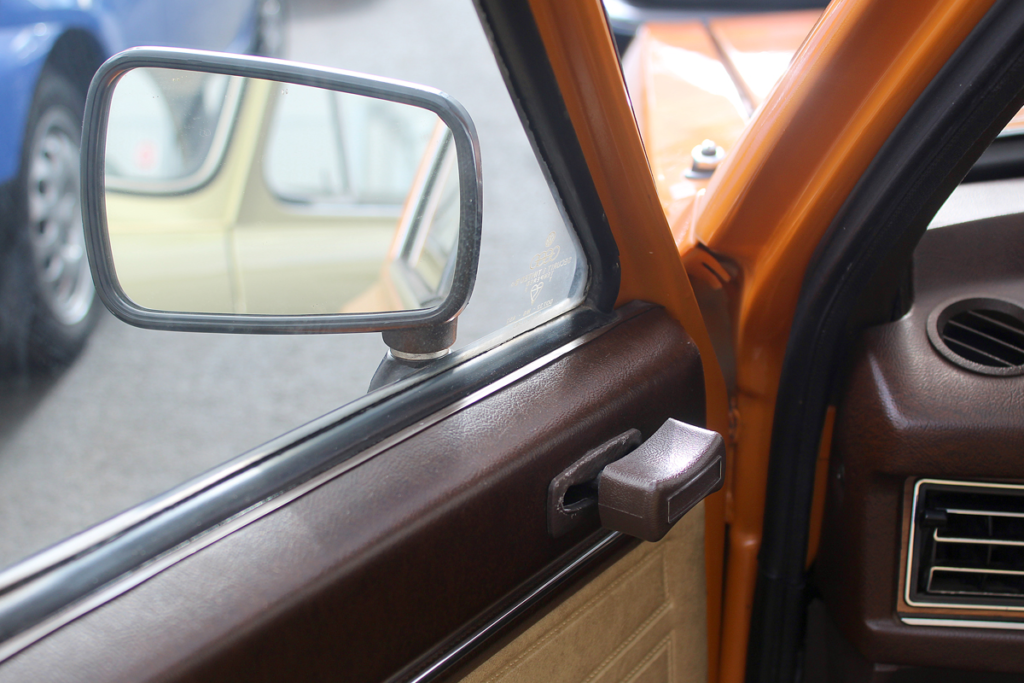
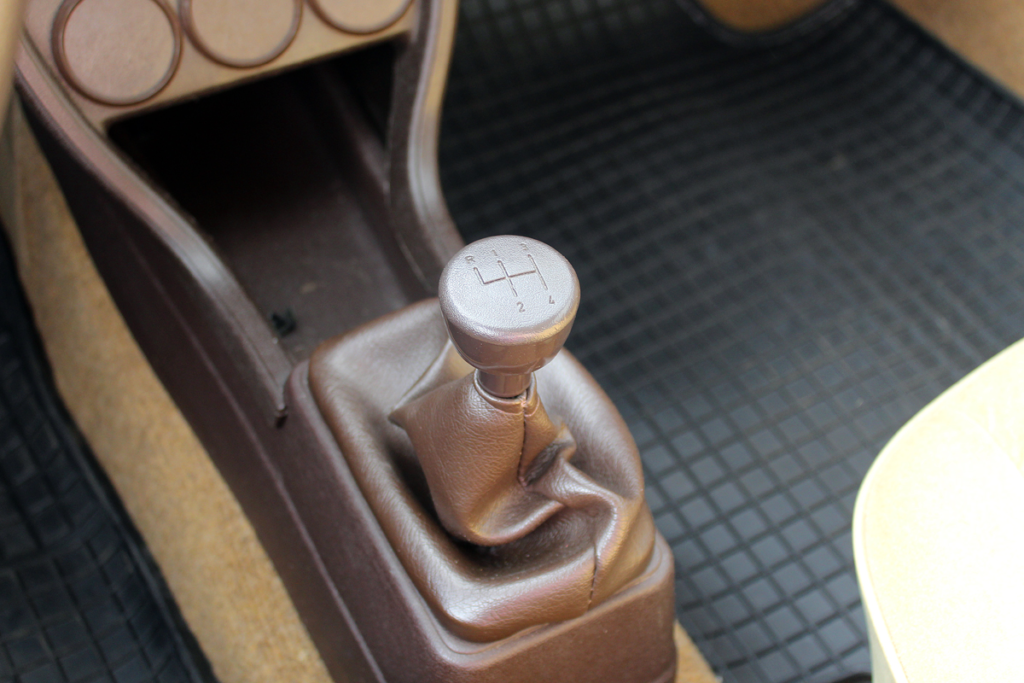
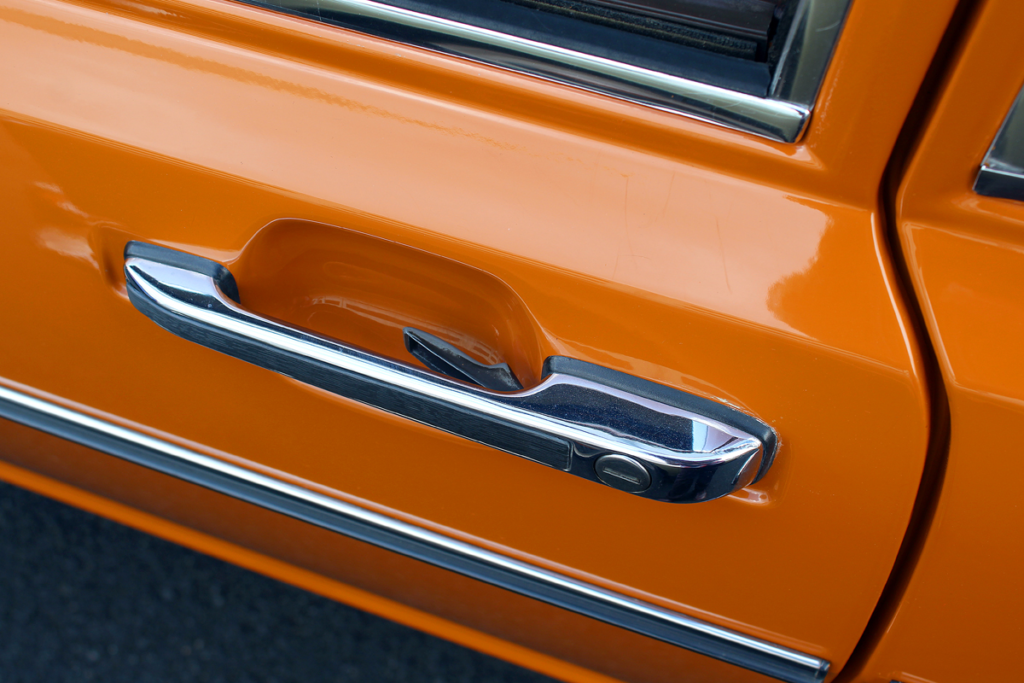
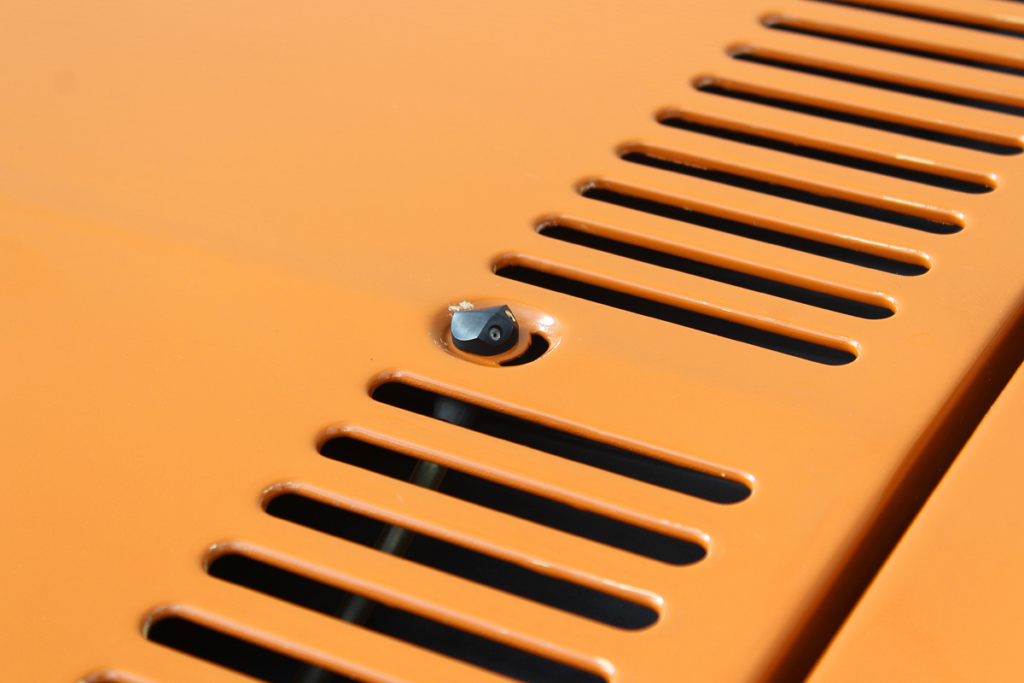
Is maneuverability compromised by the front-mounted engine? Physics can’t be fooled, but on dry asphalt, you’re more likely to be alarmed by strong body rolls than to experience understeer. The carbureted 1.6-liter engine (85 hp), introduced in 1975 and the most powerful in the lineup until 1979, performs adequately, though it revs sluggishly and offers moderate pull. Presumably, this is why the heavy front end was never considered a significant issue, as corrective measures for the driving character were significantly delayed.
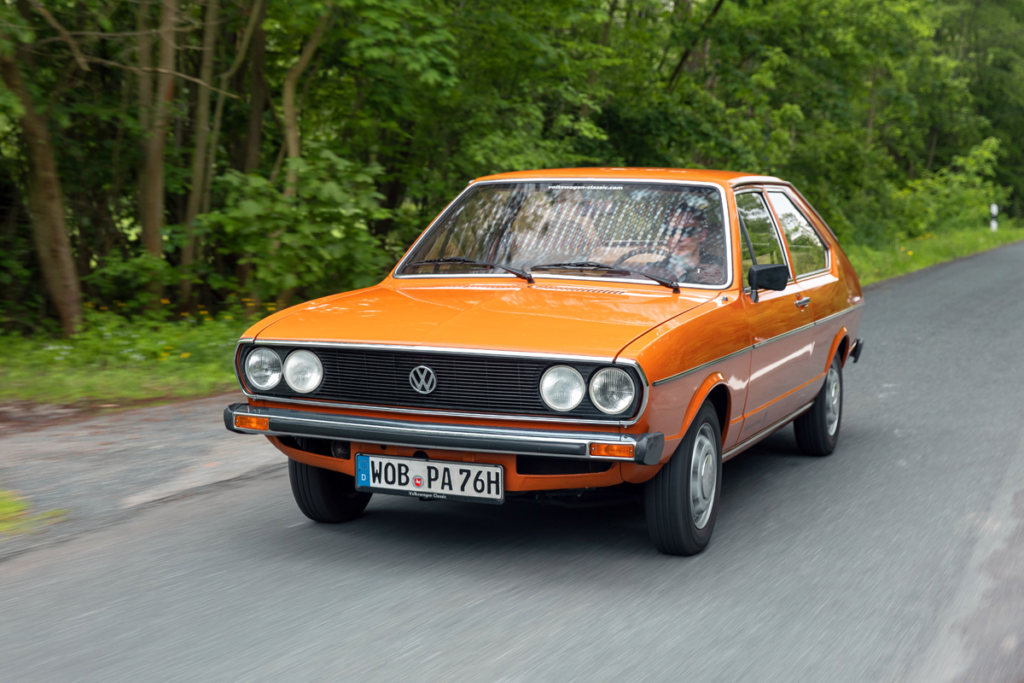
A year after the Passat, Volkswagen introduced the first-generation Golf, the company’s first truly independent front-wheel-drive model. With it, the era of rear-engined Volkswagen passenger cars was definitively consigned to history.
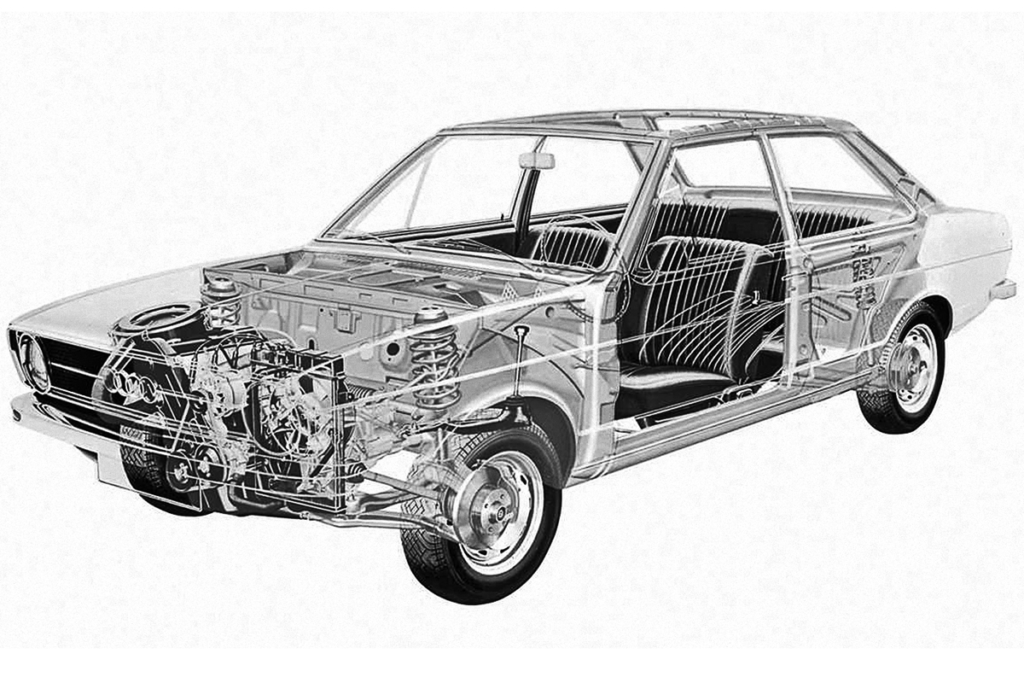
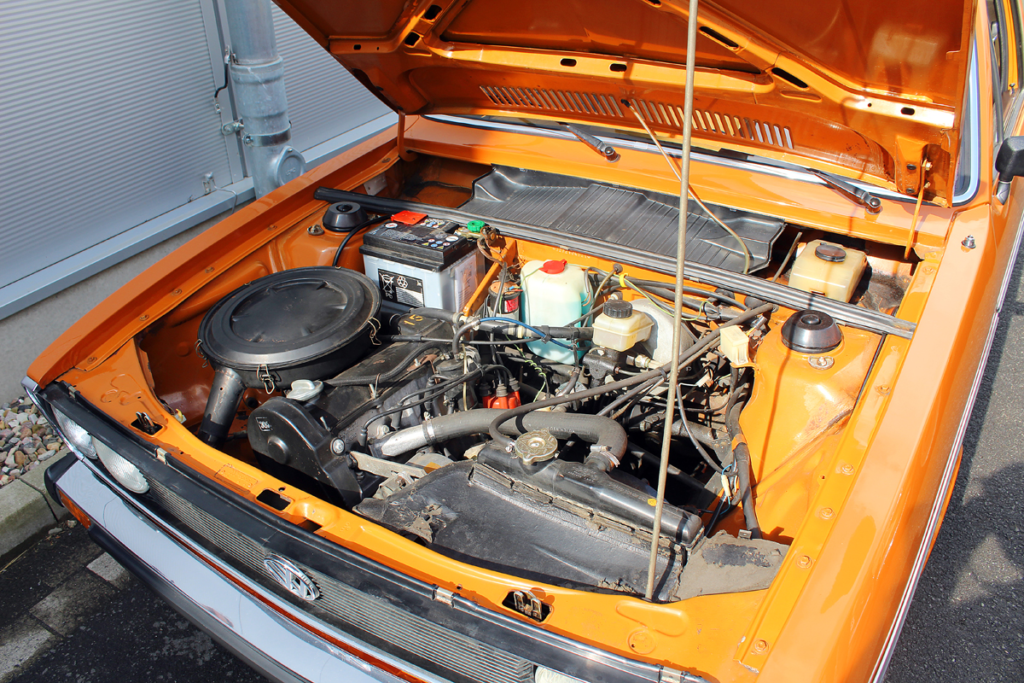
The architecture of the Passat underwent three more revisions. In 1988, the third-generation model adopted a transversely mounted power unit. The fifth-generation, in 1997, returned to the longitudinal Audi platform, but the sixth generation reverted to a transverse layout, which continues to this day. Unfortunately, the company didn’t learn its lesson from the K70 model well—they repeated this experiment with the Phaeton sedan, though that’s a story for another time.
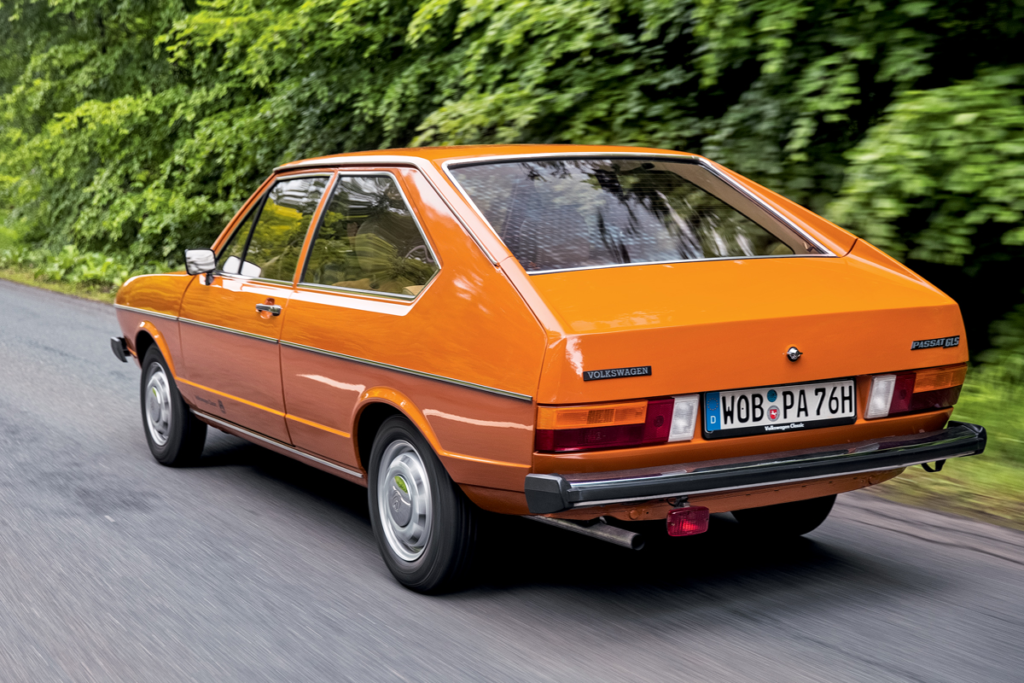
Photo: Igor Vladimirsky | Volkswagen
This is a transaltion. You can read the original article here: Как Volkswagen переходил на передний привод: ретротест моделей K70 и Passat B1

Published January 09, 2025 • 8m to read

